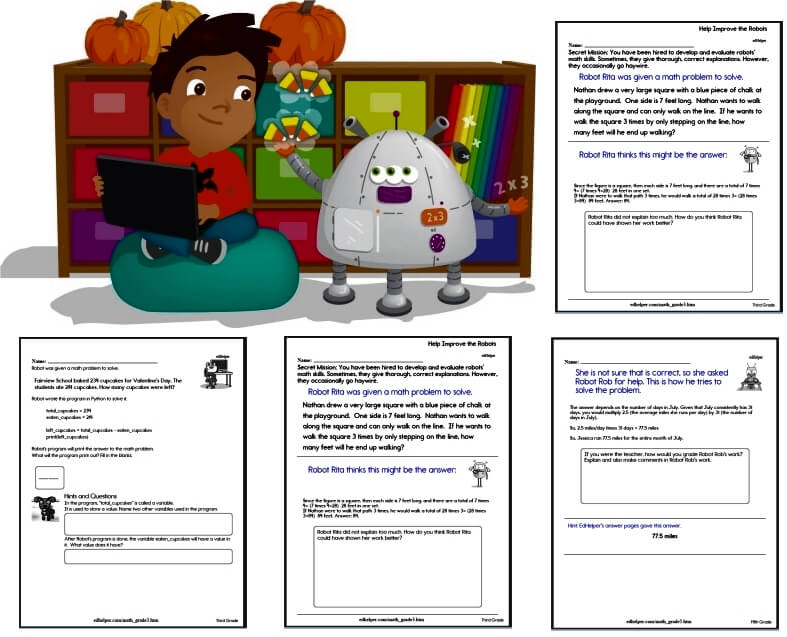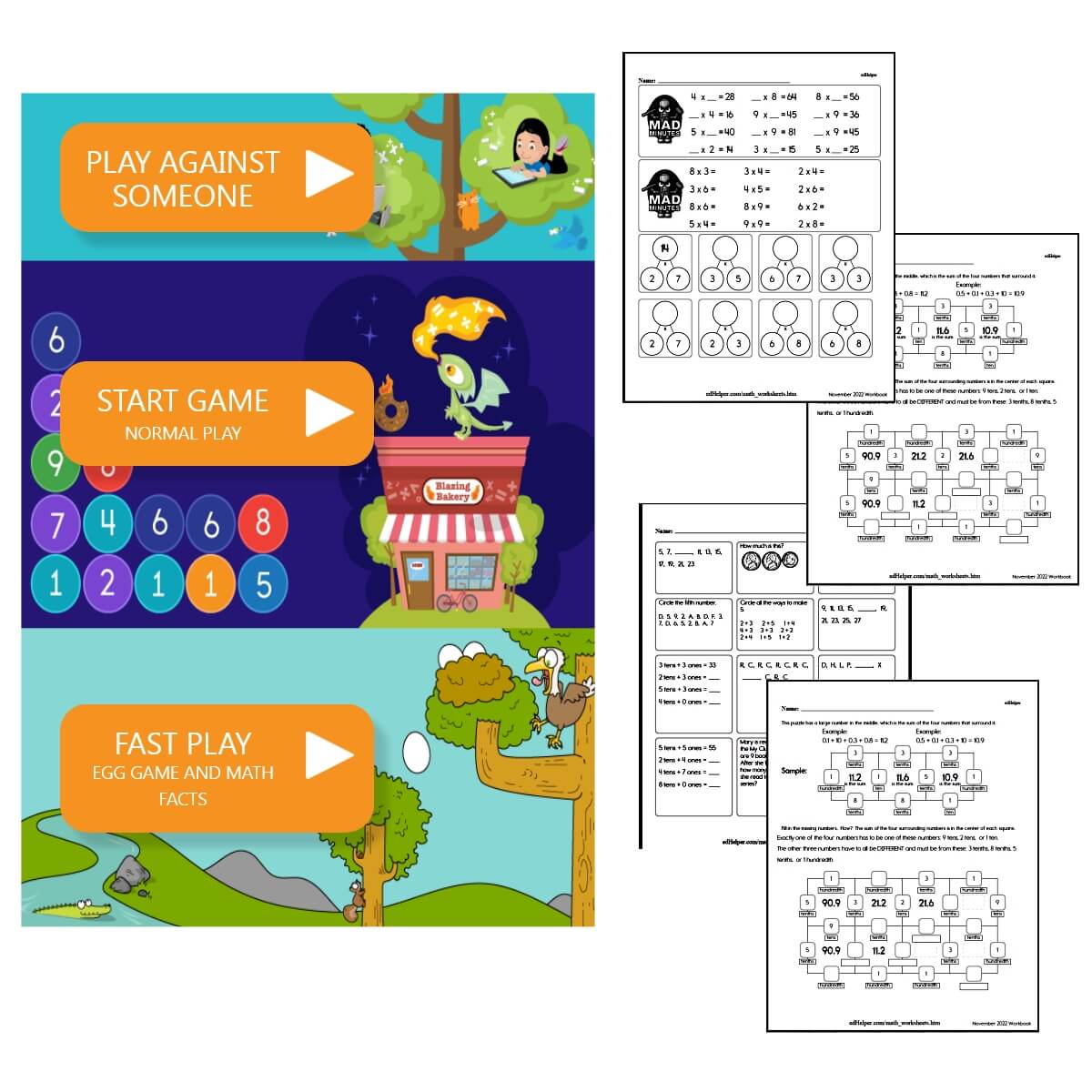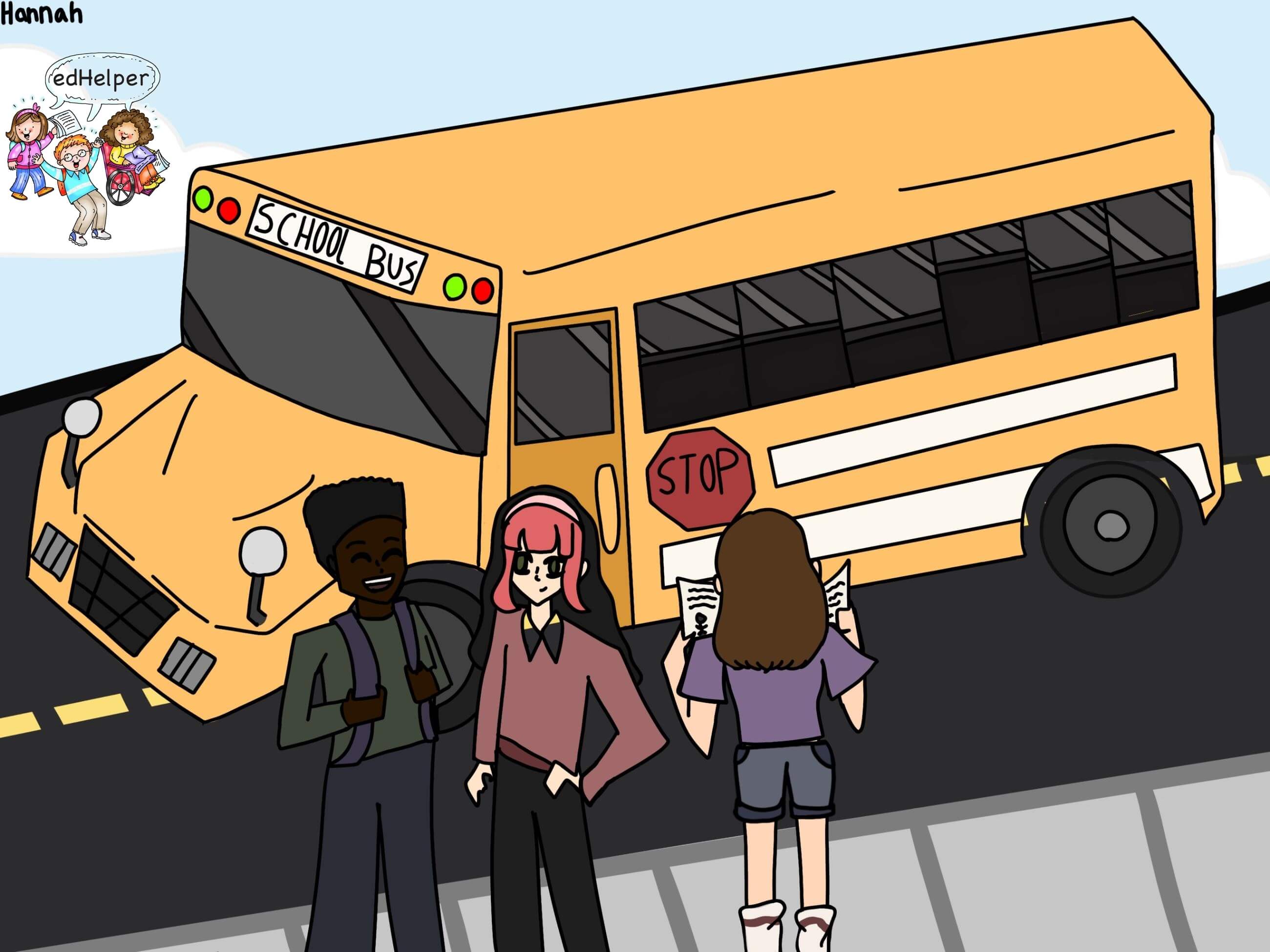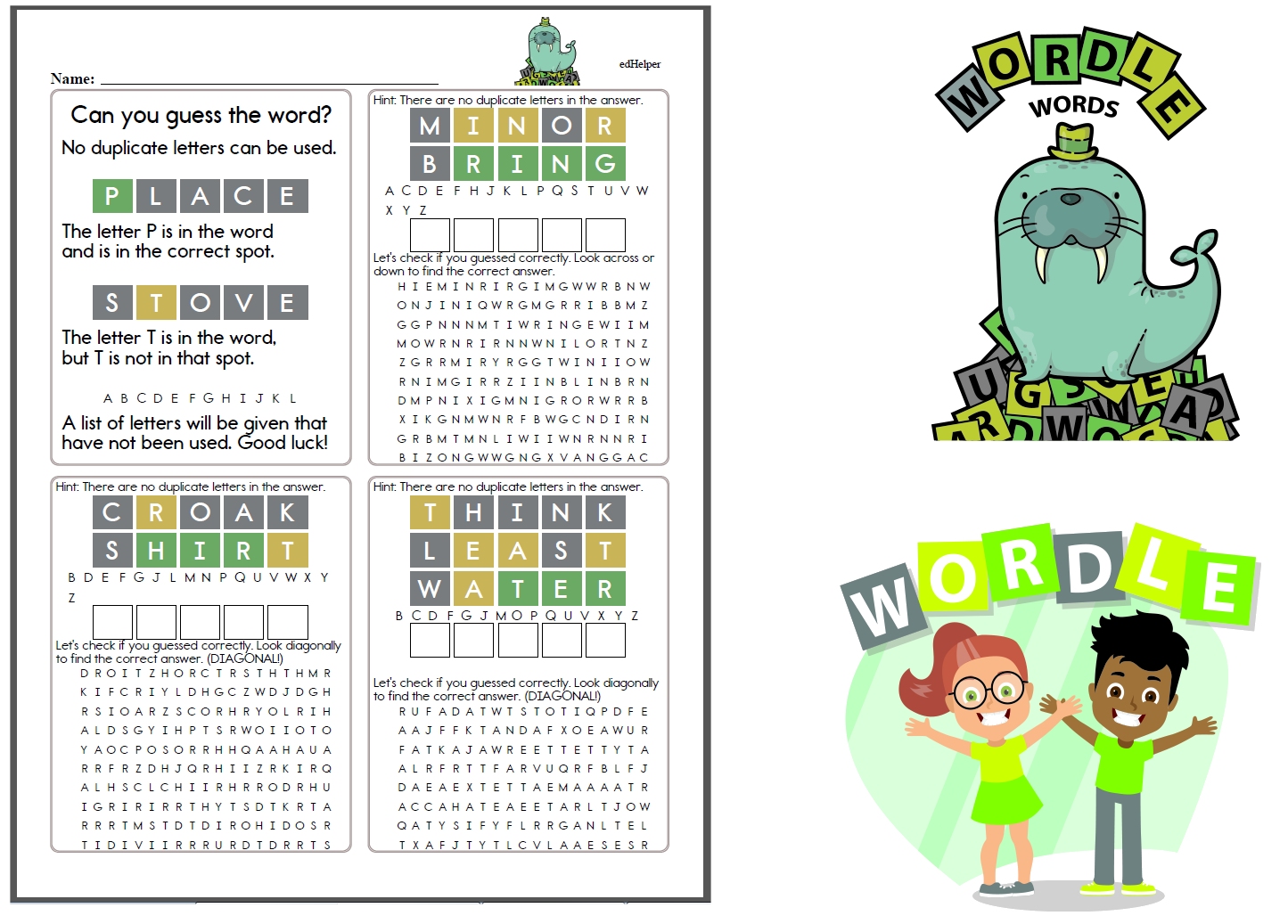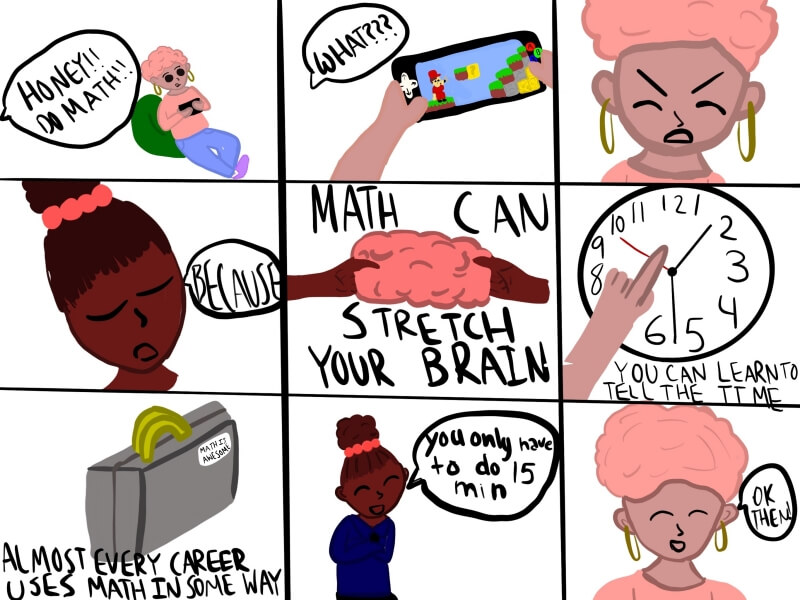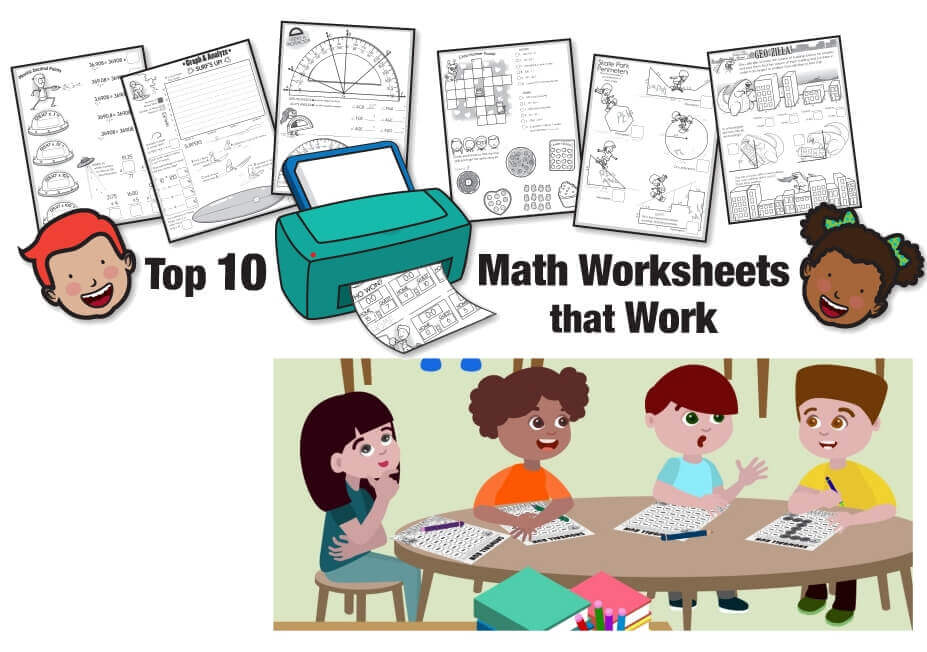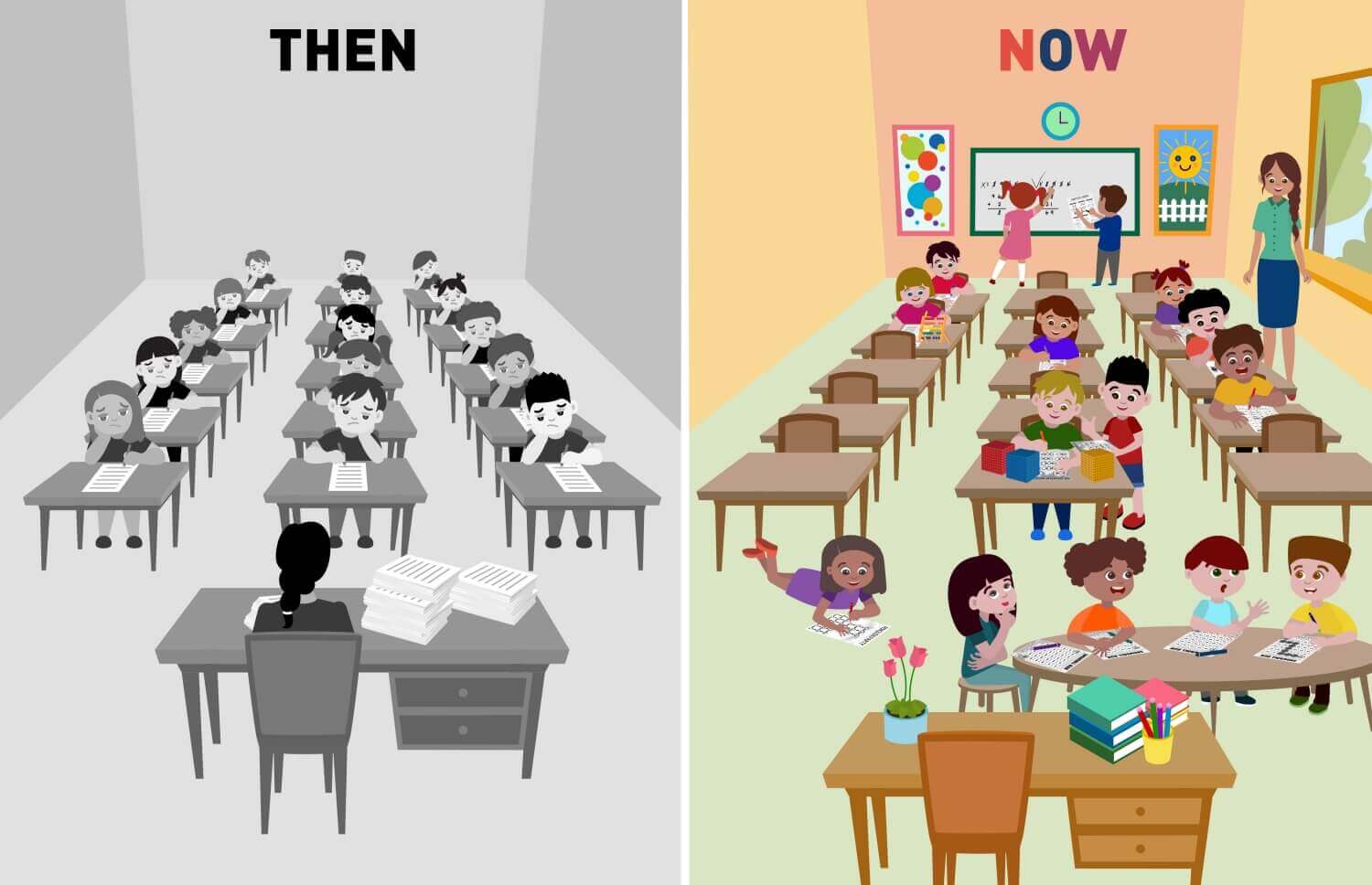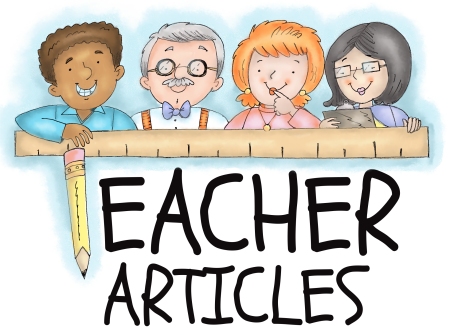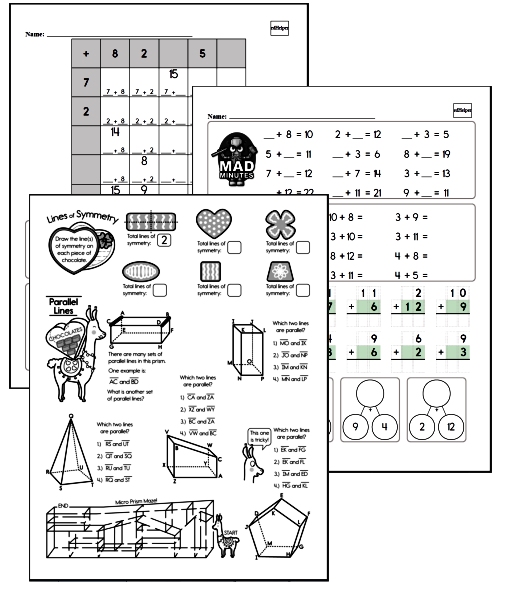Beyond Black History Month: Activities to Use during February and Year-Round
By: edHelper Staff
Updated: Feb 17, 2021
Black History Reading and Writing Workbooks
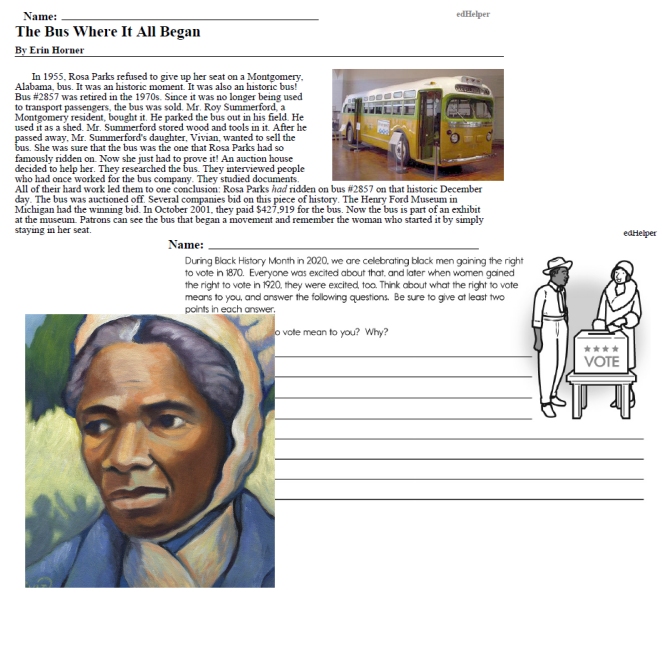
Black History is American History
Back in the early 1900s, Carter G. Woodson and Jesse E. Moorland recognized a societal need. They wanted African Americans and individuals of African descent to be honored for their great achievements. The gentlemen decided that the second week of February, the week that included Frederick Douglass's birthday, would be the perfect time to celebrate these accomplishments. The organized celebration certainly didn't happen overnight, but beginning in 1976, the entire month of February has been declared Black History Month. Every year, every president since has recognized this important opportunity to highlight the often-overlooked achievements of so many.
Black history is American history, and while the month of February is set aside as an opportunity to dig a little deeper into this portion of the past, it is crucial that educators take advantage of this opportunity in the right way. There are several opportunities to celebrate Black History Month both through distance learning and in person. As you prepare to honor history and explore history with your students, here are some quick ideas for lesson activities and ideas to guide your time together.
There are several ways that you can make your Black History Month lessons more meaningful. Here are a few things you may want to consider:
#1 - When celebrating Black History Month, do Make It Relevant to All Students
Black history is not just for Black Americans. Black History Month is the perfect opportunity to solidify the idea that as Americans, our nation's story is everyone's story. There are beautiful and rich aspects of our nation that deserve praise, but there are some heartbreaking components as well. Just because certain populations within your classroom may not have a genetic link to certain pieces of history, it does not mean that the events are any less meaningful. Take advantage of this opportunity to create discussion around the ways Black history has shaped our current culture and the nation as a whole.
#2 - Dig Deep and Wide for Resources
Your current history program may have great information about notable Black Americans. As one of many resources, a textbook can lay a good foundation for this month's studies but be sure to use multiple resources, like those found in the Smithsonian Learning Labs so that you can include information that shares the perspectives of multiple communities. If you are sticking with only one source, make sure the information you're presenting isn't just from a Eurocentric approach. While intentional or not, this may skew social movements and critical historical characters.
#3 - Make the Connection Year-Round
Black History isn't a stand-alone subject. While February is designated as a month to dive into civil rights and social justice, these should be issues that are talked about year-round. You can also connect Black history to the current issues and disparity people today face. This may help history come to life.
But Don't Be the Only One Talking
You may want to impart great wisdom, but Black History Month is not the time to be the "Sage on the Stage." It's crucial that students have an opportunity to engage in meaningful discussions and have collaborative conversations about Black history. Make sure your lesson plans include more than just assigned readings and lectures.
Don't Be Afraid of Tough Topics
Black history is filled with painful pieces. Many issues faced in the past are still unresolved. Based on grade level, share these in developmentally appropriate ways.
Don't Settle for Stereotypes
When celebrating Black culture and music, remember the political and social situations that helped lead to the creation of this genre and art. Teach them in context to avoid oversimplifying or stereotyping.
Black History Month Activity Ideas
As you seek to make Black history relatable to all students and incorporate these pieces of history, here are a few ideas you can use during February and year-round. Try some of these engaging lesson ideas to bring Black history to life:
Create a Virtual Museum
Whether you're still fully online or back in class, consider asking your students to create a virtual museum filled with exhibits that honor slavery. Take advantage of the downloadable PowerPoint template, and allow students to modify and create their own presentations.
Matching Games
Athletes have collectible cards, and now, famous Black Americans do, too! These cards can be used for matching games like Memory, as Flash Cards, or for a quick round of "Who Am I?" where students take turns asking questions in an attempt to identify the mystery historical figure.
Quick Read and Write
No matter what grade you teach, this site is filled with quick reading comprehension pages and activities focusing on famous Black Americans. Great for differentiation, the grade-level options here will help you find an appropriate resource for every ability level in your classroom. Whether it's a quick read, a short read, a reader's theater script, or a quick-print book, these Black History Month resources will be a hit!
Art and Inspiration
Allow these five Black American artists to inspire your students with their stories and style. Then, have your students respond by creating art of their own. They can use a genre or media represented by the artists or create their own. Invite them to share their work with the class and discuss the feelings that different pieces evoke.
Read Aloud and Read Alone
Allow your students to get lost in a good book this month! You may want to celebrate Black History Month with a read-aloud. You can also create book clubs (virtual or in small groups) or provide options for independent reading using this list of multicultural and social justice books from the Teaching for Change project.
Attend a Virtual Festival
The Association for the Study of African American Life and History (ASALH) is hosting a virtual festival to celebrate Black History Month. While most sessions will take place after school hours and would be appropriate for older students or adults, the topics covered can be great conversation starters for your classroom. Students ready to explore more of this rich history on their own may be interested in viewing some of the weekend sessions with their families as well.
Take a Trip
Packing sack lunches and hopping on a big, yellow school bus may seem like a thing of the distant past, but rest assured students will (eventually!) be able to explore history and the world around them on field trips again sometime in the future. In the meantime, why not explore some Black cultural attractions around the world virtually? Invite your students to select and virtually visit one of these museums that celebrate Black culture.
People, Places, and Things
These quick, hands-on Black History Month lesson ideas can be adapted for nearly any grade level. Help your students learn about famous Black Americans like Jackie Robinson by designing a baseball card, creating a Shekere instrument, or writing like a reporter during the civil rights movement. These activities will introduce them to people, places, and things that matter!
Part of the magic and art of teaching is the ability to help students make meaningful connections to the content. Black History month is the perfect opportunity for this! Allow this nationwide focus and these lesson ideas to guide your students toward collaborative conversations about the past and the future.


